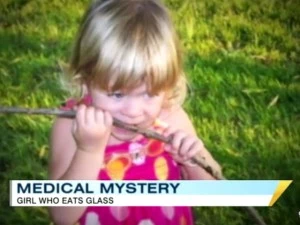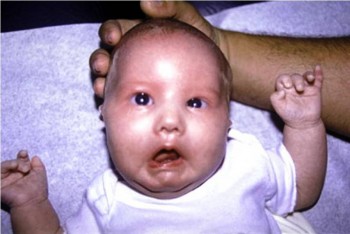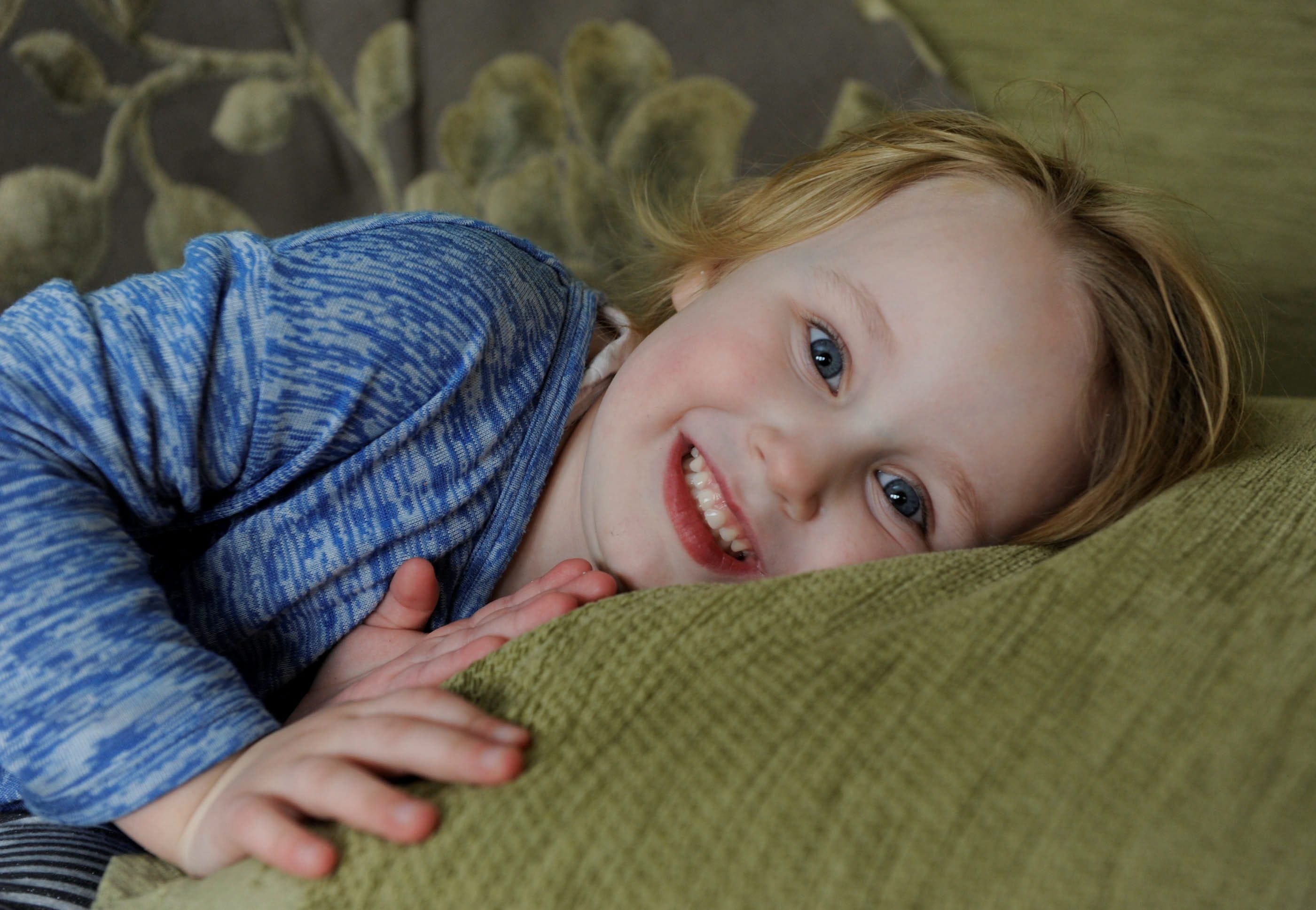

Childproofing and Preventing Household Accidents.Most kids grow well but some have âfailure to thrive.â This means they don’t gain weight as expected and may not grow as tall as they should. Nail biting, hair twirling, thumb sucking, and nose picking – these childhood habits are common. Long-term exposure to lead can cause serious health problems, particularly in young kids, so it’s important to find out whether your child might be at risk for lead exposure. Read about the warning signs, prevention strategies, and ways to help a child with an eating disorder. If your child might have eaten something harmful, get medical care right away or call Poison Control at (800) 222-1222.Įating disorders are common among teens and kids, especially young women.If your child is at risk for pica, or you see signs that worry you, talk to your doctor.If these treatments do not work, doctors can also prescribe medicines. Some kids with pica need help from a psychologist or other mental health professional. They may recommend childproof locks and high shelving to keep items out of reach. For example, they can work with parents on ways to prevent kids from getting the non-food things they eat. order X-rays or other imaging tests to find out what the child ate or to look for bowel problems, such as a blockageĭoctors can help parents manage and stop pica-related behaviors.check for anemia or other nutrition problems.the child has risk factors for pica, such as a developmental disability.the behavior isn’t normal for the child’s age or developmental stage.How Is Pica Diagnosed?ĭoctors might think it’s pica if a child eats non-food items and: But for people with developmental or mental health concerns, it can still be a problem later in life.

So the behavior isn’t usually considered a disorder unless a child is older than 2. It’s normal for kids up to 2 years old to put things in their mouth. Most cases of pica happen in young children and pregnant women. Pica is often seen in kids living in poverty, or in those who’ve been abused or neglected. Low levels of nutrients like iron or zinc might trigger specific cravings. Non-food items might help give a feeling of fullness. mental health problems, like obsessive-compulsive disorder (OCD) or schizophrenia.developmental problems, such as autism or intellectual disabilities.intestinal obstruction, from eating things that block the intestinesĭoctors don’t know exactly what causes pica.intestinal infections, from eating soil or poop that has parasites or worms.constipation or diarrhea, from eating things the body can’t digest (like hair).lead poisoning, from eating dirt or paint chips with lead.Health problems can happen in kids with pica, depending on what they eat. People with pica crave and eat non-food items such as: Sometimes they eat things that can lead to health problems. But kids with pica (PIE-kuh) go beyond that. Young kids often put non-food items (like grass or toys) in their mouths because they’re curious about the world around them.


Pica is an eating disorder in which a person eats things not usually considered food.


 0 kommentar(er)
0 kommentar(er)
